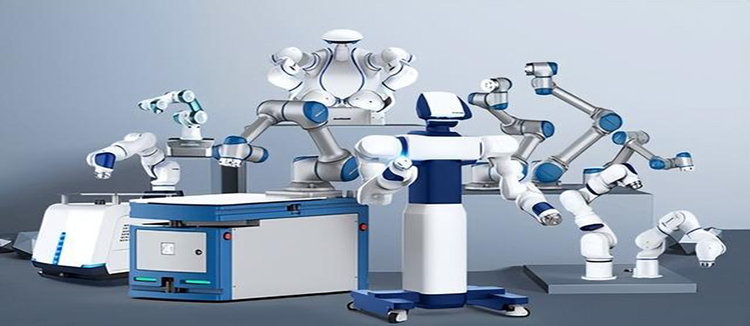Understanding the Cam Splitter: A Comprehensive Guide to Its Function and Applications
When it comes to advanced engineering and mechanical systems, one component that often goes unnoticed but plays a crucial role is the Cam splitter. This intricate piece of machinery is essential in various industries, from automotive to industrial automation. In this detailed article, we will delve into what a Cam splitter is, how it functions, and its applications across different sectors.
A Cam splitter, often simply referred to as a cam, is a mechanical device that converts rotational motion into linear motion. It is a disk-shaped part that has a profiled cam surface, which interacts with a follower to create the desired motion. The Cam splitter is designed to provide precise control over the movement of the follower, which can be a roller, a flat-faced follower, or a tappet, depending on the application.

The operation of a Cam splitter is based on the principle of mechanical advantage. As the cam rotates, its profiled surface pushes the follower along a predetermined path. This path can be designed to create various types of motion, such as simple harmonic motion, uniform motion, or a combination of both. The Cam splitter's efficiency and precision make it an indispensable component in systems where accurate and controlled linear motion is required.
One of the primary applications of the Cam splitter is in the automotive industry. In internal combustion engines, cams are used to open and close the engine's valves in a precise sequence. This ensures that the engine operates efficiently by controlling the intake of air and fuel, as well as the expulsion of exhaust gases. The Cam splitter's ability to provide precise timing and control over valve operation is critical for engine performance and fuel efficiency.
Another significant application of the Cam splitter is in industrial automation. In robotic arms and other automated machinery, cams are used to control the movement of various components. For example, a Cam splitter can be used to control the opening and closing of a gripper in a robotic arm, ensuring that it picks up and releases objects with precision. This is particularly important in assembly lines where accuracy and repeatability are key to maintaining production efficiency.
The Cam splitter is also used in various other industries, such as in the textile industry for controlling the movement of threads and fabrics, in printing presses for managing the movement of paper, and in musical instruments for controlling the movement of keys and valves. In each of these applications, the Cam splitter's ability to convert rotational motion into linear motion with precision is invaluable.

When designing a Cam splitter, engineers must consider several factors to ensure its effectiveness. These include the material of the cam, the shape of the cam profile, the type of follower, and the load that the cam will have to handle. The material of the Cam splitter should be durable and resistant to wear, as it will be in constant contact with the follower. The profile of the cam is crucial, as it determines the motion of the follower. Different profiles can create different types of motion, and the choice of profile depends on the specific requirements of the application.
Maintenance of the Cam splitter is also important for its longevity and performance. Regular inspection and lubrication can prevent wear and tear, ensuring that the Cam splitter continues to function efficiently. In some cases, it may be necessary to replace worn-out cams to maintain the system's performance.
In conclusion, the Cam splitter is a versatile and essential component in many mechanical systems. Its ability to convert rotational motion into linear motion with precision makes it a critical part in various industries. Understanding the function and applications of the Cam splitter is crucial for anyone working in fields that rely on precise mechanical control.










